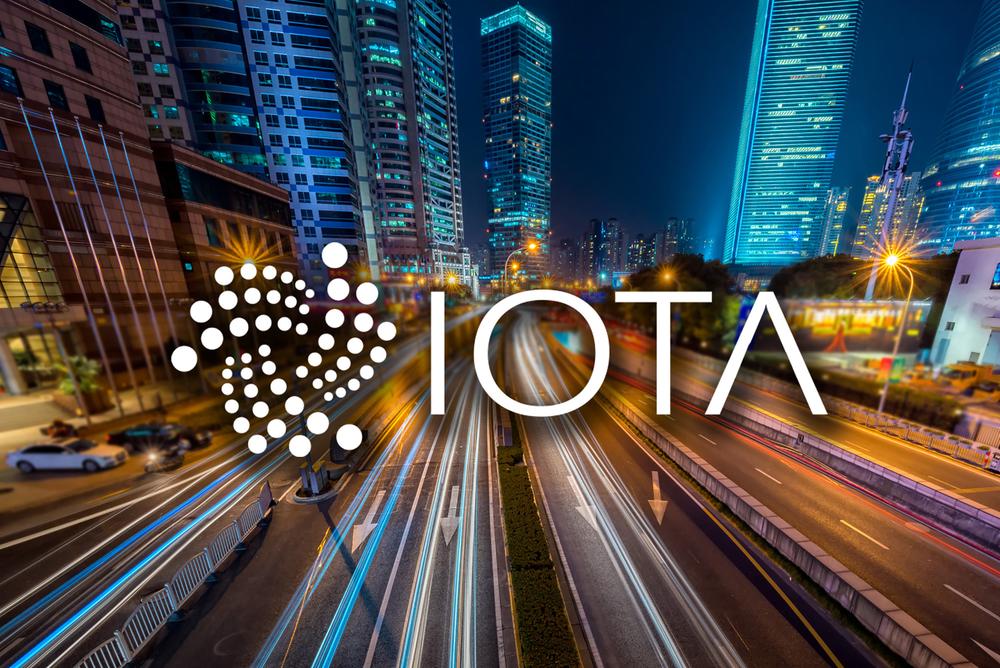- EDAG CityBot head Johannes Barckmann reiterated that his company is collaborating with IOTA in the area of micropayments.
- After a rollout at some airports in 2025, the CityBot could be deployed in a specific part of the city of Barcelona in 2030.
During the recent FIWARE Mobility Day, Johannes Barckmann, Product Owner of the EDAG CityBot and Head of Global Fairs & Showcars, among others, spoke about the current progress and the roadmap for the coming years. In the past, CNF reported several times about the project of EDAG Engineering Group AG, an internationally active group in the field of engineering services, which has the IOTA Foundation on board as a long-term partner.
First unveiled at the International Motor Show (IAA) in September 2019, the EDAG CityBot is an autonomous vehicle that combines various AI models and uses IOTA for secure communication and payments. The CityBot is powered by a fuel cell in a climate-friendly way and shows how fully autonomous driving in cities could work in the future.
What’s special about the CityBot is that it never stands still and is designed to use urban resources efficiently. Thus, thanks to various modules that can be changed as needed, it can be used in a variety of different use cases, for example as a group cab, clean-up vehicle or delivery vehicle.
As Barckmann discussed, the CityBot opens up an entire ecosystem and mobility backend whose possibilities are currently being explored.
A lot of business possibilities are arising now because each module is a business case itself and so a lot of people can participate with their gadgets to be connected to the bot and earn money. At the moment, there is a university in Spain calculating business cases and cash-flow for three different cities in Spain.
To face international competition, Barckmann pointed to 4 unique selling points (USPs) of the EDAG CityBot. First and foremost, it is the first and only mobility system that “effectively counteracts traffic infarction” by reducing jams, traffic in general, accidents and emissions.
It also provides efficient service through 24/7 operation and full service integration in one software, where it includes data security technology, open data and an API to connect to all smart city applications, as well as a micro-payment technology. Last but not least, EDAG has over 50 years in experience in vehicle technology.
Regarding micro-payment technology, Barckmann referred to IOTA and stated:
A payment system is required because if the transportation system is not easy to access by registering, by payment systems which is also working automatically, for instance, trash bins. After the emptying the system gets paid automatically and this is what we are doing with IOTA. IOTA is also a partner of the early hour and takes care that all the services get paid in the city.
Furthermore, Barckmann revealed that EDAG is following a strict roadmap. After the launch at the Frankfurt Motor Show in 2019 and the first prototype of the EDAG Citybot in 2020, the first step is to have a “living laboratory” set up in 2023, which is currently being installed near Frankfurt, in Germany, and will house a test site with various bots.
In phase 2, targeted for 2025, the system will be rolled out with bots at airports, resembling a “secure area” and handling logistics. For 2030, EDAG has already agreed with the city of Barcelona that the system will be introduced and tested in a specific part of the city.






